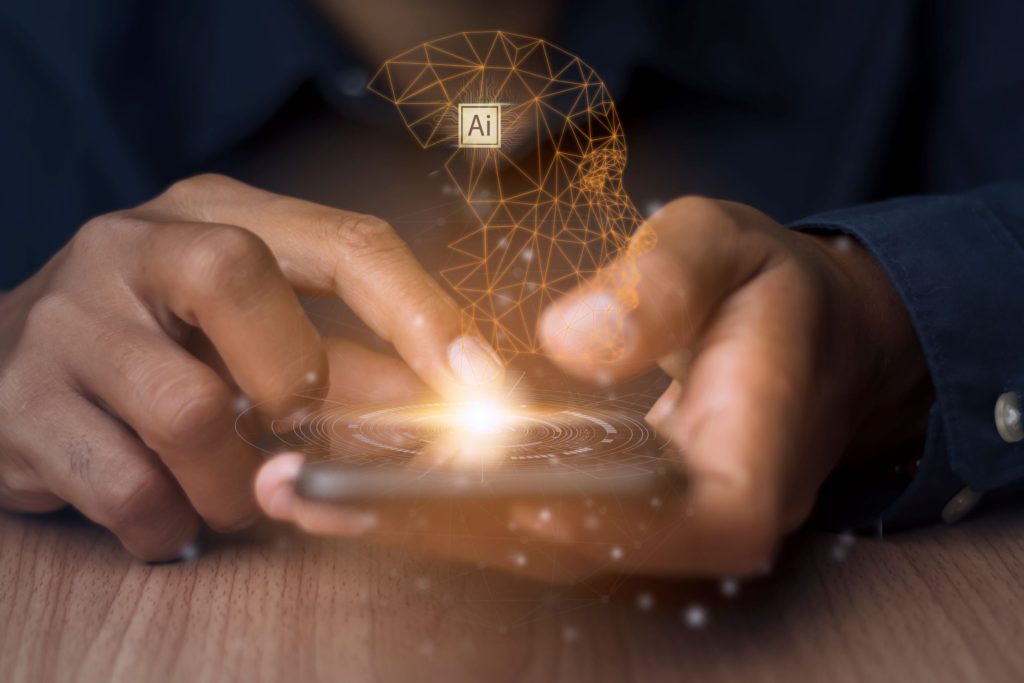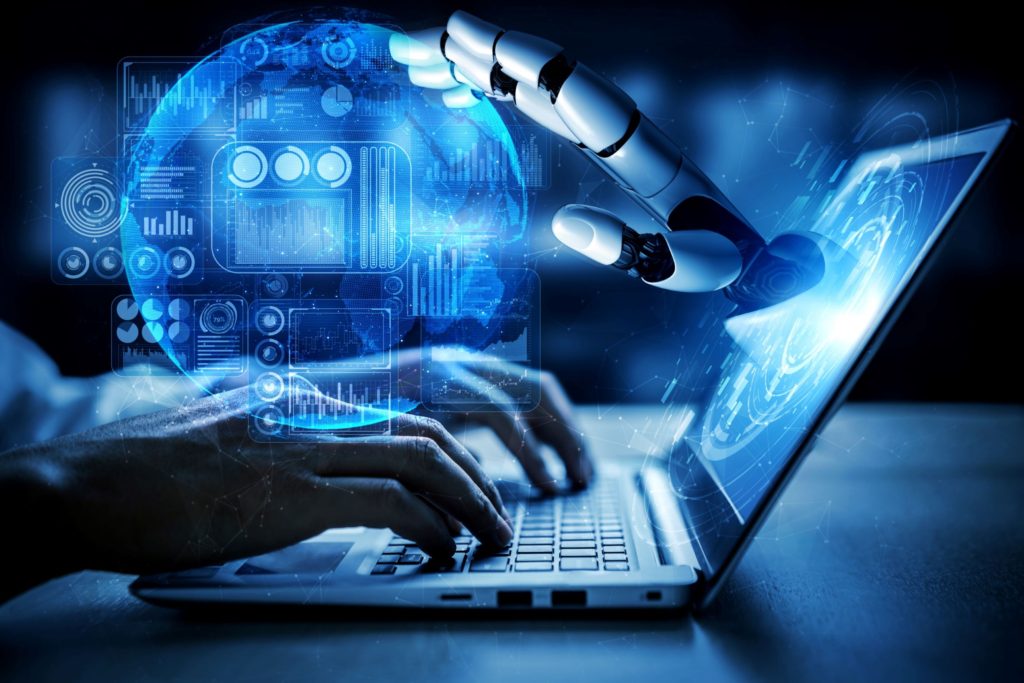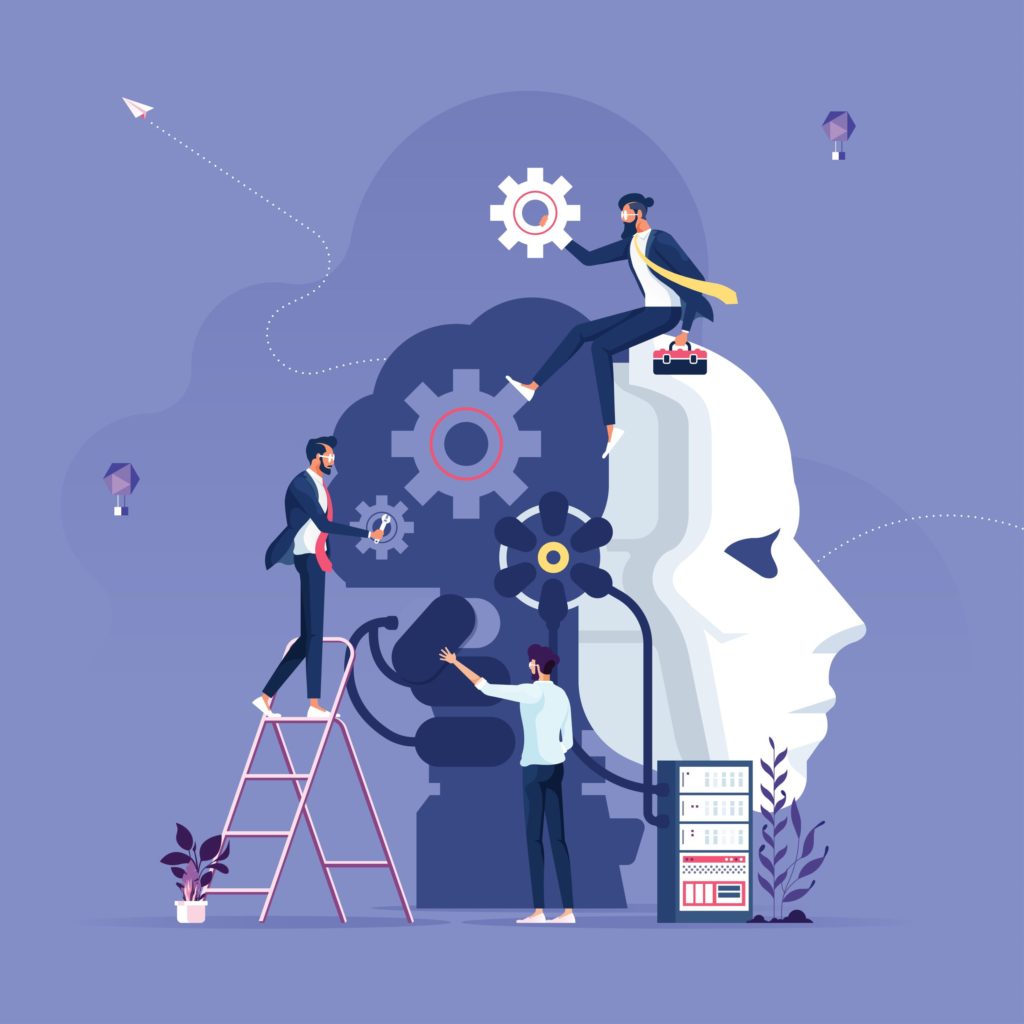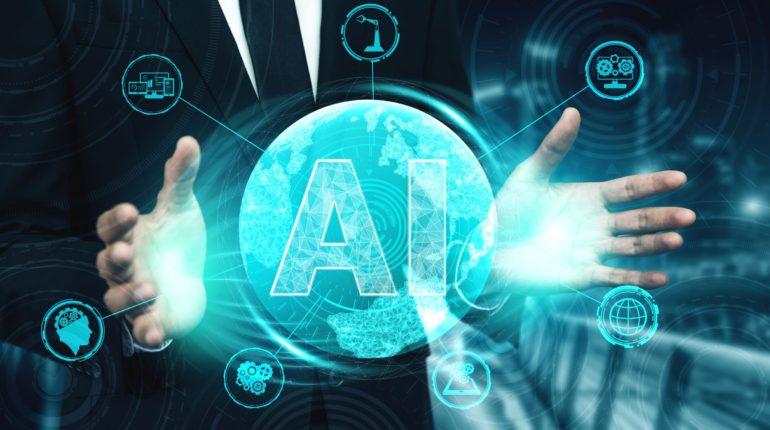Artificial Intelligence – History, Category and Application
Artificial Intelligence (AI)
Artificial intelligence is not here to replace us. That’s one of the biggest misconceptions. Artificial Intelligence (AI) is the fruit of a tree that serves humankind. Artificial Intelligence uses data to interpret (or to say reads human behavior) the next task. It has the power to shape the upcoming future of technology. Many worry that AI will eat up their jobs, but that’s true. AI will help to work more quickly and efficiently to create a more user-friendly environment. Quite ironic, isn’t it?

AI will help give creative insights, more quality content, or a more useable and more straightforward interface. It will prove beneficial for both the scientist and the public. By making a perfect blend of AI and needs, one can make technology more successful and popular. AI won’t solve the problems already in advance, but it will help us to have a deeper understanding of the problem. Maybe AI will replace some of the current jobs, but it will pave the way for new and demanding jobs in the future, which we aren’t aware of yet. As the digital moment is gaining speed with every passing day, using carefully AI will shape the future of mankind.
What Is Artificial Intelligence (AI)?
As we call it, artificial intelligence, or AI, is the simulation of human intelligence in machines. These machines are programmed in a way to think like humans and mimic human actions. Speaking more explicitly, AI is any machine that exhibits traits linked with the human mind, like learning and problem-solving.

Artificial intelligence’s main characteristics are to sound logical and take actions accordingly for achieving a specific goal. And the primary purpose of the artificial intelligence is learning, reasoning and perception. Machine learning, a field of artificial intelligence, is the concept where computer programs can automatically adapt and learn from new data without any external help from humans. The deep learning method enables this automatic learning by absorbing many unstructured data, including images, text, and video.
There are many types of Artificial Intelligence. First, Weak AI is machine intelligence that is limited to an enclosed area. It tends to be single task-oriented. Second, Strong AI is another type of machine intelligence that is equal to human intelligence. Knowledge Engineering is a field of AI that enables machines to mimic the thought process of a human.
History of Artificial Intelligence
For the first time, the term ‘artificial intelligence’ was dubbed on August 31, 1955, by John McCarthy. These days, AI is more popular due to an increase in the numbers of data volumes, expanded storage, advanced algorithms, and more power. To grasp the content more clearly, let’s divide artificial intelligence into three eras:
- Neural Networks (the 1950s-1970s): It stirs the excitement for ‘thinking machines.’
- Machine Learning (the 1980s-2010s): The primary role was to establish the connection between human and machine interface.
- Deep Learning (2010s-Present day): Breakouts the drive for AI boom.
In the early AI research, scientists explored topics like problem solving and symbolic methods. The US Dept of Defence took an interest in this experiment and started training computers to mimic human reasoning. And DARPA (Defense Advanced Research Projects Agency) in 2003 produced the first intelligent personal assistants. This early AI work paved the way for today’s automation and advancement that we are walking on. Today’s computer systems have AI, including the following abilities, decision support, smart search, and augmented human skills. As shown in Hollywood movies, AI isn’t very scary.
Understanding the Artificial Intelligence (AI)

What was the first thing that popped into your mind after hearing the word ‘Artificial Intelligence’? The first thing might be the robots shown in the sci-fi movies that look like humans and cause havoc on the earth. Or with some advanced thoughts like Jarvis or Friday from the Iron Man? Yeah, that’s one of the best examples of AI.
Artificial intelligence is formulated because machines can easily mimic and execute complex tasks as defined by human intelligence. Artificial intelligence is to have the ability of logically reasoning, complex learning, and broader perception. You might hate algorithms, but AI loves it. It plays a very crucial role in building the structure of artificial intelligence. Weak AI uses simple algorithms for performing simple applications, while Strong AI requires complex algorithms for performing human-like tasks.
This is 2021, and tech is rapidly advancing, creating new benchmarks of artificial intelligence. For instance, the machine that adds up essential functions or recognizes hidden text through an optical character is no longer in the list of artificial intelligence. But nowadays, this function has become an integral part of the computer function. There is no stop to AI as it is continuously evolving in many ways for different industries. Machines are cabled up with cross-disciplinary methods based upon computer science, mathematics, psychology, linguistics, and many more.
Why is Artificial Intelligence vital?
AI is different from hardware-driven robotic machines. It has many essential features that would make the world into artificial intelligence. So, let’s check them out:
- AI adds 10x more intelligence to the existing products.
- Artificial intelligence automates learning and profound discovery through unstructured data.
- AI adapts through progressive learning algorithms.
- With the help of artificial intelligence, a high accuracy rate has been achieved.
- Using the neural networks that are hidden under many layers, AI analyses the deep and more resonant data.
Categorization of Artificial Intelligence
As we read above, artificial intelligence can be broadly divided into Weak AI and Strong AI.
Weak artificial intelligence is formulated using a simple algorithm for a system that carries out only one particular job. Vulnerable AI systems are video games like chess or Ludo. Another famous example of weak AI is Apple’s Siri, Google’s Google Assistant, or Amazon’s Alexa. The main work of this AI is that you ask a question and get the answer.
Strong artificial intelligence is the system based upon the complex algorithm to carry on the tasks that are considered human-like. As these AI are more complicated and complex systems. They are highly programmed to handle difficult situations without any human intervention—for example, self-driving cars, hospital operation requirements, and more.
Applications of Artificial Intelligence
As someone said, counting the AI applications is counting stars in the night sky, both endless. Robotic technology can be imbibed in various industries and sectors. In the healthcare sector, AI is used to test, dose drugs, and perform the different treatment or surgical procedures. It helps to test quickly and more accurately.
AI has many financial industry applications for detecting large account deposits and flag activity like an unusual debit credit card. Artificial intelligence is the right hand of the bank’s fraud department. Another application of AI is in the e-commerce world. It helps to make trading an easy boy and streamlining various products. AI easily estimates the number of supplies and demand and also enhances the security of payment.
The AI will provide a helping hand to the user experience professional by collecting the data, analyzing it quickly, and providing aggregate insights of the data. An accurate analysis is essential for determining the user behavior, which pushes the growth of the product. With AI’s help, a professional of UX will work less and have more chances to go thoroughly of the process.
Trendy applications of the AIs are self-driving cars. Yes, you’re right, the Tesla cars! In self-driving cars, the AI access all the external data and human driving skills to prevent any accidents. AI has been present in simple games, too, like chess. AI is present in the software that plays with one person. The result is winning.
Special Considerations
As the new age is beginning, the AI is under scrutiny from both ends, scientists and the public alike. Many theories are revolving around AI. One such is that machines will become highly developed, leaving humans behind. Eventually, there would be an era of robots redesigning themselves at an exponential rate. Another theory, highly advanced machines can hack into people’s privacy and even used it against them. The ethics of intelligence says that robots should be in treatment with equal rights and respects as humans.
The AI has put forth some unseen complications too! Artificial intelligence has profoundly affected human employment. Many industries (almost from all sectors) are switching to automated jobs with intelligent machinery. This robotics would push people out of their workforce. Like, self-driving cars have replaced drivers.

